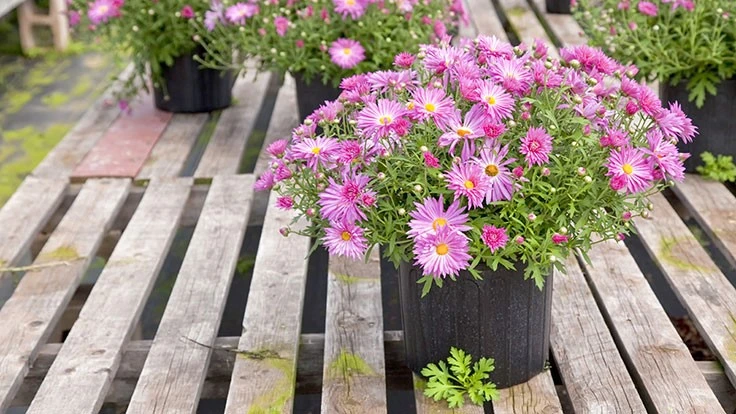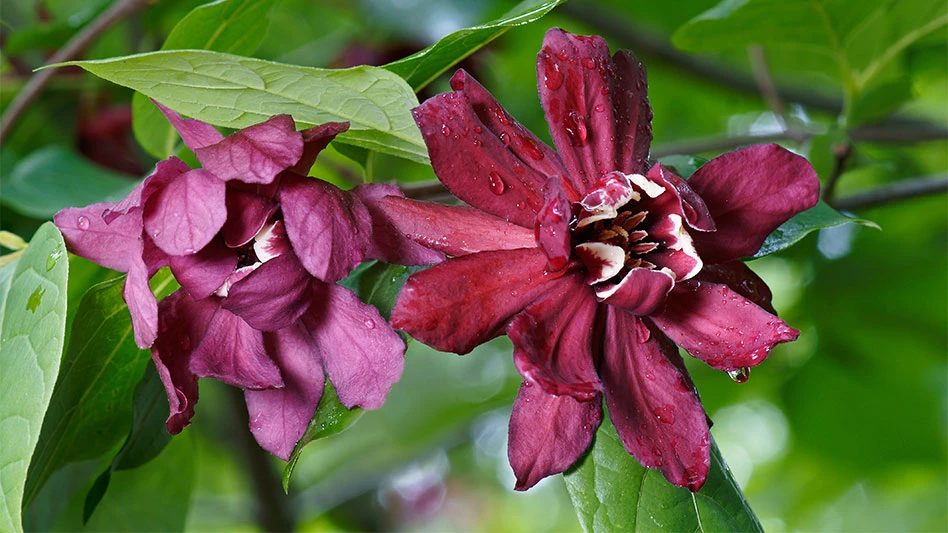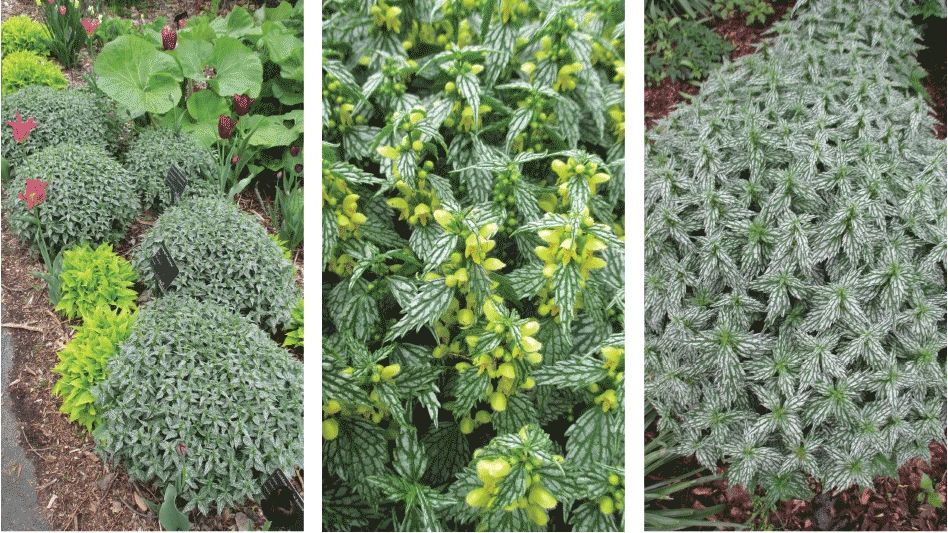

He wrote, “Now that the busy season is almost over, we are delving deeply into planning for next year. We are going into our third season of growing in our greenhouse, and of course, pricing is an issue that never goes away. We find it very difficult to feel as though we are making enough profit, yet staying competitive in the market. We have attempted to work on some formulas for pricing, but don't feel very confident in our numbers. This is generally pointed at materials we start from plugs, but there is a whole different set of circumstances when we look at vegetables and herbs we grow from seed. Previously we kept our seed-grown plants at a lower price point, because we felt we had less expense incurred with them and could use them as a price leader; however, recently I read another article that said basically if a grower makes money from growing, and a retailer makes money from selling, as a grower/retailer we should be making more, not less profit from what we grow ourselves.”
Pricing is a tough subject to tackle for a few reasons. First, many people don't have a good idea of their costs. Second, math often isn't as much fun as growing plants. Third, there is as much art to pricing as science. If you can stomach the math, it will help. It isn’t calculus, but it does take time. It sounds like cost calculations are a real issue for this company and probably a great many others. But,
For any business, one of the first challenges is to get a good idea of your costs. How are you keeping track of them and how much detail do you have? I think first it takes a commitment to track costs, then it takes the investment of time. Michigan State published a cost accounting system (adapted to Excel) for greenhouse producers. There are some great resources available online (see sidebar). The key is to find a system you can use and then commit the time to use it.
If you’re starting from scratch, start small by dividing expenses into two piles: what you spend into direct and indirect costs. Direct goes into production or selling, and indirect is overhead or everything else that didn’t go directly into selling. No one person has “the” perfect system for dealing with costs. I think the hardest part is getting started. Pick three or five key products and begin with them. If flowering shrubs or gallon perennials are key products for you, that’s where you start figuring your costs. Make an effort to re-visit those costs at least twice each year, working to put more detail into those costs. The more you work at it, the more concise your costing system will become. The trick is to not try to make it very detailed at the
If you're already tracking costs, the next step is the level of detail. The question posed by the reader was one of comparing seedling and cutting plants. If you want to know how much you're making on seedling plants vs. plants from cuttings, you'll need to delve into the costs to see how those differ. Then you can calculate how much margin you're making on both. What are the direct costs for seedlings and cuttings? Likely the same direct costs for containers, tags, media, fertilizer and other chemicals will be the same. What’s the difference? It is the seed and cutting cost. So, if you can get a system into place to track costs per container, you can vary the plant that goes into that container. Then, compare prices, and you can calculate the difference in profit. The same holds true for baskets and other containers. You likely use the same type and amount of media, tags, and chemicals in identical containers, but the plant material that goes into them may differ in cost.
Labor is another piece of direct cost that can be tough to allocate. Labor is most often the single largest expense for growers and retailers. I’ll encourage people to put labor in, but the level of detail can be developed over time. It can be tough to track labor directly related to production (vs. retail) but do the best you can. Start simply and try to determine total labor hours/dollars that went toward production. How much more detail can you develop from there? Can you divide that by crop or by
Five dimensions of value
Is cost the only input to calculating price? No way! Sheth et al. (1991) proposed that consumers make their product choices based on five dimensions of value: functional, conditional, social, emotional and epistemic value.
Functional value is how well something does its job. Butterfly weed (Asclepius) is great at attracting pollinators. It has high functional value compared to many other plants.
Conditional value is the symbolism or meaning of a product; red roses mean love to most of us.
Social value is how the product makes us look to others who are socially important to us. If our friends have succulents in their apartments, we can look cool if we do also.
Epistemic value is the novelty or sensory value. Is it a new color of carrot? Is it a fragrant plant? If yes, then it’s got higher epistemic value.
Emotional value? Dr. Charlie Hall, professor
Yet, when we consider pricing plants, we don’t tend to think about all these components of perceived value. All of the dimensions of perceived value can’t be calculated in the cost accounting but are extremely important in setting a price.
Price elasticity
The last part of the art of pricing comes from a study that Drs. Charlie Hall, Marco Palma, assistant professor and extension economist in the Agricultural Economics Department at Texas A&M AgriLife Extension Service, and I conducted a few years ago. With the assistance of some high-caliper retailers, we devised a study to examine price elasticity or, more simply, how much does demand rise or fall when we decrease or increase prices? What we asked them was to really go against convention, and rather than decrease prices over this selling period, we asked them to increase prices over the selling period. This was over a period of four weeks during their busy season.
The first step was to identify products that were similar in terms of the plant material but had an element of differentiation. For this, we used both national brands and in-house brands and compared them to unbranded products. If you think about the branded plants as the test plants and the unbranded or generic as the control plants, what we did was to vary the price of the branded plants over time while the price of the control or the generic plants was stable across the four weeks of the study.
The first week the control plants were at a certain level, but the branded or the test plants were actually priced 10 percent lower than the control or the generic plants. Then in week two, we increased the price of the test or the branded plants to make them at the same level as the test plants or the generic plants. Then in the third week, we increased the price of the test or the branded plants to 10 percent over the price of the control or the generic plants. So, the branded plants were, in week one, 10 percent lower; in week two, the same price as, and then in week 3, 10 percent higher than the unbranded or the control plants.
We conducted this study on a wide range of plants. They included roses, annuals, perennials, shrubs, and vegetable and herb transplants. We had a great deal of data to examine the impact of this price increase, particularly when we knew that the prices of other products, or at least the perception of the prices of other products, was going to be going down over the study period. What were the results?
The great news was that when we raised prices by 10 percent per week, in spite of selling 8.27 percent fewer units, total revenue was actually up 2.3 percent. In other words, even though we sold fewer units, the increase in price enabled the retailers to sell about 2.3 percent more in terms of overall revenue. We increased revenue even though we decreased the number of units. Wouldn’t you like to earn more revenue and work less hard?

Don’t apply a “one-size fits all” approach when pricing
Pricing is art and science, and so is raising prices. It’s going to be much easier to raise prices on products that are easily differentiated (perceived as being different). This is one of my big “
If you’ve not begun this mathematical adventure (and remember, it’s not calculus) you should consider beginning by focusing on three or five key products that can be differentiated with benefits and/or higher perceived value. Use a template or make your own, but start at a low level of detail and build to a more detailed system. Really delve into your costs and see how much the key products really do cost to grow. Then, engage in the art of pricing. How much does it cost you to sell them (primarily labor, but also facility cost)? How much are you making in profit? If you aren’t making much, how much more could you charge? Could you consider raising prices? The consequence of not improving the margin is giving that away. Are you prepared to send some of your hard-earned cash out the door? If you can't make more money by raising prices or lowering costs, it may be time to think about not growing that product. After all, do you want to work to give your money away?
Take some proactive steps to really get a handle on your costs and incorporate perceived value in some products that can be easily differentiated. Your bank account, employees, investors, customers, and partners will be glad you did.

Explore the November 2018 Issue
Check out more from this issue and find your next story to read.
Latest from Nursery Management
- These companies are utilizing plastic alternatives to reduce horticultural waste
- NewGen Boxwood added to Proven Winners ColorChoice line
- Terra Nova releases new echinacea variety, 'Fringe Festival'
- American Horticultural Society names winners of 2025 AHS Book Awards
- Nufarm announces unified brand
- American Horticultural Society announces winners of 2025 Great American Gardeners Awards
- Shifting the urban environment
- The Growth Industry Episode 3: Across the Pond with Neville Stein







